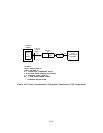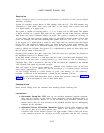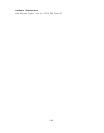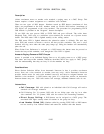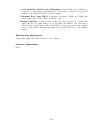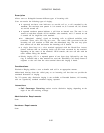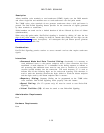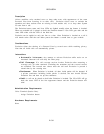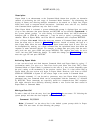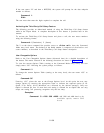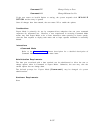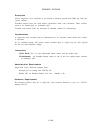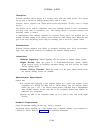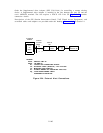EXCLUSION
Description
Allows multiline voice terminal users to keep other users with appearances of the same
Personal Line from listening in on their calls.
Exclusion allows users to exclude the
attendant and other stations from an existing or held outside call, or to drop other System
25 users from a call.
The Exclusion button status and I-use LEDs are lighted steadily when the feature is invoked.
When an excluded call is placed on hold, the Exclusion button’s I-Use LED goes dark and the
status LED winks with the LED of the held line.
Exclusion can be applied to only one line at a time.
Once Exclusion is invoked on a call it
will remain active until the user either presses the button a second time or goes on-hook.
Considerations
Exclusion allows the sharing of a Personal Line by several users while retaining privacy.
Note that all inside calls are automatically private.
Interactions
● Automatic Intercom: Any attempt to activate Exclusion while active on an
Automatic Intercom call will drop the other party.
● Call Coverage: If a call coverage receiver invokes Exclusion after answering a
coverage call, all other terminals (including the attendant and the covered station)
are excluded. The covered user cannot enter the call until Exclusion is pressed a
second time by the covering user.
● Conference: When Exclusion is invoked, all other inside parties will be dropped. If
a private conference including inside parties is desired, the user should activate
Exclusion first and then set up the conference.
● Hold: A call can be placed on hold after Exclusion is invoked. The I-Use LED will go
dark; the status LED of the line appearance button and the Exclusion button will
wink.
Administration Requirements
Voice Terminal (Station Port):
. Assign Exclusion button.
Hardware Requirements
None
2-134



